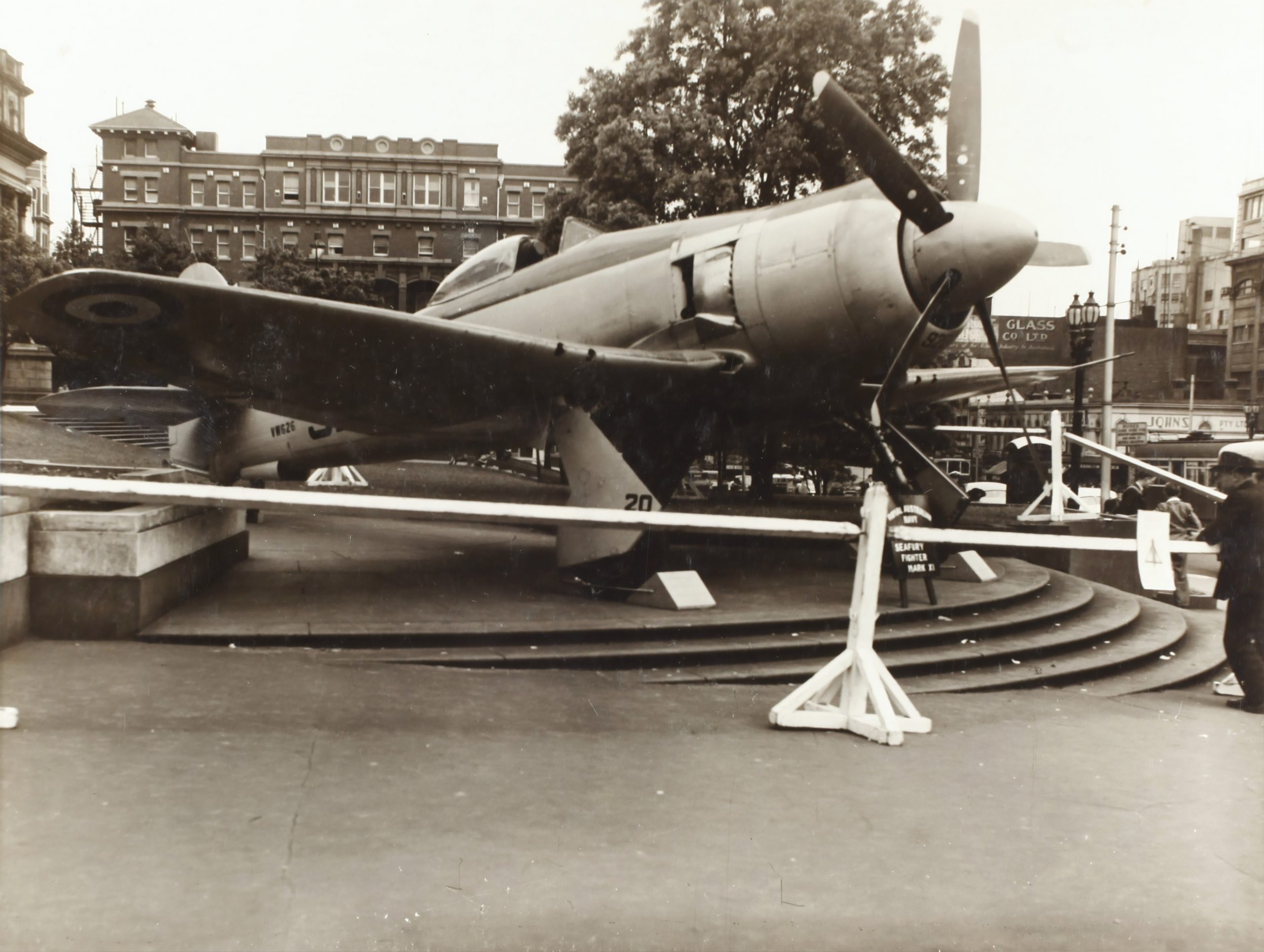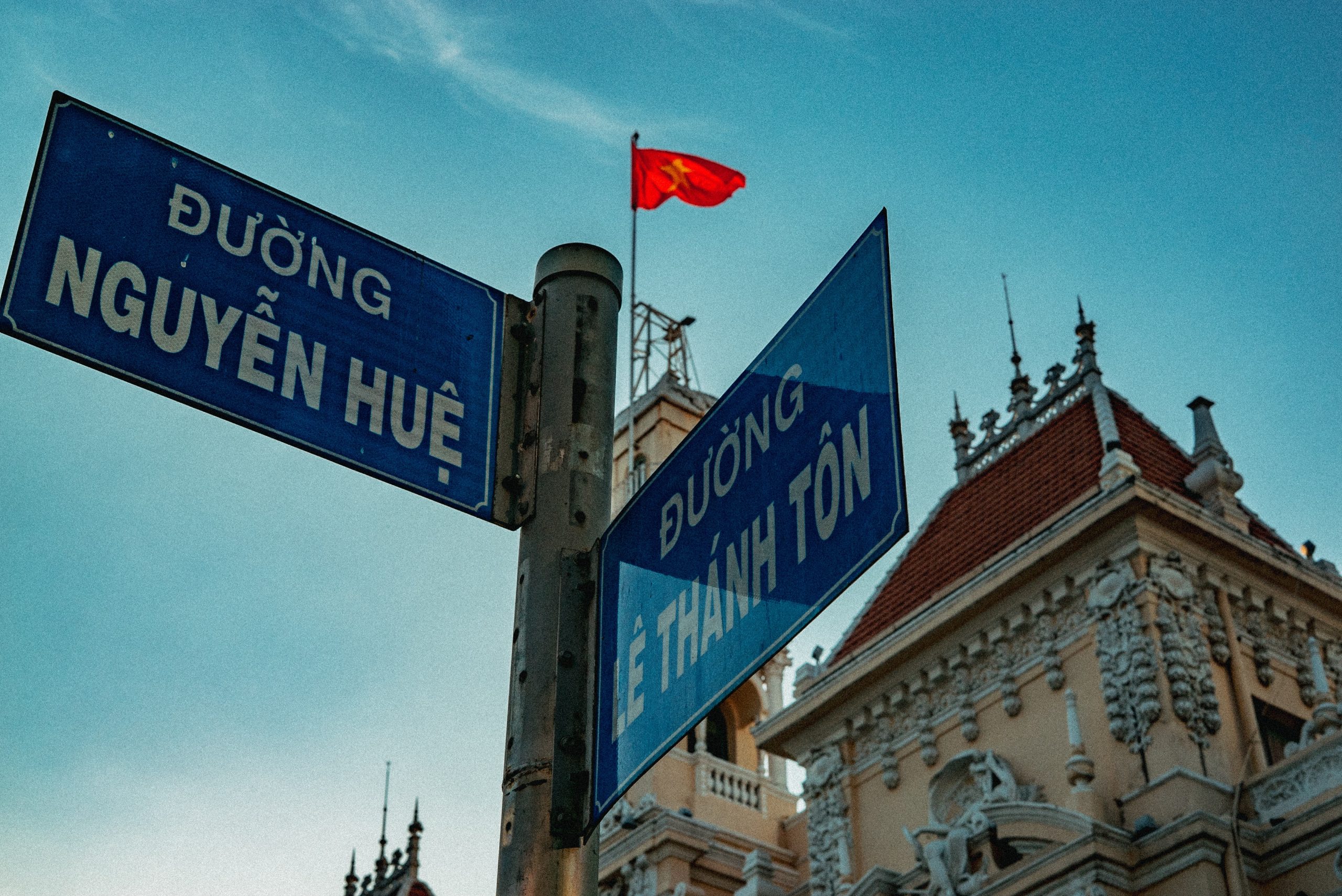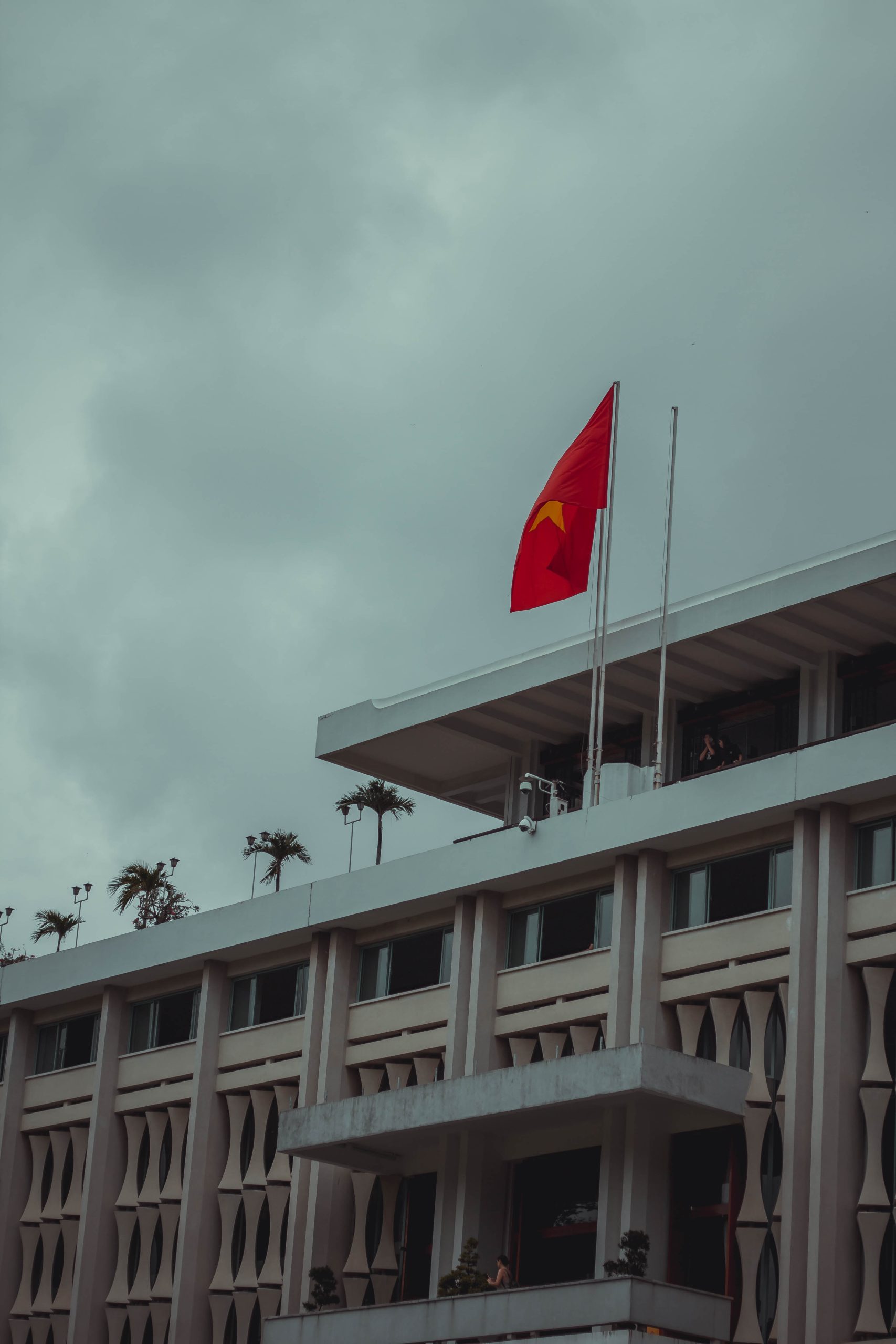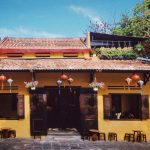Exploring Rich Culture War History Museums in Vietnam
Vietnam, a country known for its stunning landscapes, vibrant culture, and delectable cuisine, also has a tumultuous history that’s essential to understanding its past and present. One of the best ways to delve into its complex history is by visiting the war history museums in Vietnam. These museums provide an eye-opening experience, shedding light on the country’s struggles, resilience, and the indomitable spirit of its people. Join Green Sun Travel on a journey as we explore some of Vietnam’s most captivating War History Museums.
The Importance of War History Museums in Vietnam
War History Museums in Vietnam play a crucial role in preserving the nation’s history and educating both locals and international visitors about the significant conflicts that have shaped the country. Their importance extends beyond mere historical preservation, encompassing various aspects:
Preservation of Memory: War History Museums serve as repositories of historical artifacts, documents, photographs, and oral testimonies that might otherwise be lost to time. They help preserve the collective memory of the nation, ensuring that future generations can learn from the past.
Education: These museums offer educational opportunities for visitors, providing insights into the complex history of Vietnam’s struggles for independence and self-determination. They help foster a deeper understanding of the social, political, and cultural contexts surrounding the wars and conflicts.
Honoring Sacrifices: War History Museums pay tribute to the sacrifices made by Vietnamese soldiers and civilians during times of war. They provide a platform to remember and honor those who lost their lives or suffered as a result of war, fostering a sense of national pride and unity.
Promotion of Peace: Many of these museums emphasize the devastating impact of war on civilians, promoting a message of peace and reconciliation. They remind visitors of the importance of avoiding conflict and working towards peaceful solutions to global issues.
National Identity: Vietnam’s history, particularly its wars, plays a significant role in shaping the national identity. These museums help reinforce a sense of national identity by showcasing the resilience, determination, and resourcefulness of the Vietnamese people in the face of adversity.
International Relations: War History Museums can also serve as important venues for international diplomacy and understanding. They provide an opportunity for foreign visitors to learn about Vietnam’s history from a Vietnamese perspective, contributing to cross-cultural awareness and dialogue.
Research and Scholarship: These museums support historical research and scholarship by offering access to primary source materials and documents. They are valuable resources for historians, academics, and researchers studying Vietnam’s history and its role in global events.
Tourism and Economic Development: War History Museums in Vietnam are often major tourist attractions, drawing visitors from around the world. This tourism contributes to the local and national economy, generating revenue and employment opportunities.

05 War History Museums in Vietnam
Ho Chi Minh City War Remnants Museum:
Our first stop is in the bustling city of Ho Chi Minh, formerly known as Saigon. The War Remnants Museum is a poignant tribute to the Vietnam War. It showcases powerful photographs, artifacts, and exhibits, offering a harrowing glimpse into the atrocities of the war, the enduring spirit of the Vietnamese people, and the efforts for peace and reconciliation. The museum’s outdoor display of military equipment is a striking reminder of the conflict’s magnitude.
Hanoi’s Vietnam Military History Museum:
Heading north to the capital city of Hanoi, the Vietnam Military History Museum is another essential stop for history enthusiasts. Housed in a French colonial-era building, this museum chronicles Vietnam’s struggles for independence from French colonial rule and its subsequent conflicts with the United States. Visitors can explore an extensive collection of military vehicles, weaponry, and informative exhibits that detail the country’s wartime history.
Cu Chi Tunnels:
Venturing deeper into the past, we find ourselves at the Cu Chi Tunnels, a vast underground network used by the Viet Cong during the Vietnam War. Located just outside Ho Chi Minh City, this site offers a unique opportunity to witness firsthand the ingenuity and resourcefulness of the Vietnamese fighters. Visitors can crawl through narrow tunnels, learn about booby traps, and gain a deeper understanding of guerrilla warfare tactics.
DMZ Zone and Vinh Moc Tunnels:
Traveling to the central region of Vietnam, the Demilitarized Zone (DMZ) and Vinh Moc Tunnels offer a glimpse into the complexities of the Vietnam War. The DMZ was a heavily fortified area separating North and South Vietnam, and the remnants of this conflict are still visible today. Vinh Moc Tunnels, on the other hand, were a shelter for villagers during the bombing campaigns. Both sites provide unique insights into the war’s impact on civilians.
Dien Bien Phu and the Victory Museum:
Our journey concludes in the northwest of Vietnam, where the Dien Bien Phu Victory Museum commemorates the decisive battle that led to Vietnam’s independence from French colonial rule in 1954. The museum exhibits artifacts, photographs, and dioramas that vividly depict the fierce battles that took place in the remote highlands.
Visiting War History Museums in Vietnam precautions

Visiting War History Museums in Vietnam can be a powerful and educational experience. To make the most of your visit and show proper respect for the sensitive subject matter, consider the following tips:
Research in Advance: Read about the history of Vietnam and the specific wars and conflicts covered by the museum you plan to visit. This background knowledge will enhance your understanding of the exhibits.
Respect Local Customs: Dress modestly and appropriately. In many Asian cultures, it’s important to cover your shoulders and knees when visiting places of historical or religious significance.
Photography Rules: Check and respect the museum’s photography rules. Some museums may prohibit photography or have restrictions in certain areas.
Silence and Respect: Maintain a respectful and quiet demeanor while inside the museum. Remember that it’s a place of reflection and remembrance.
Follow the Guided Path: If there is a suggested or guided path through the museum, follow it. This ensures you see the exhibits in a logical order and gain a better understanding of the historical context.
Read Descriptions: Take the time to read exhibit descriptions and labels. They provide valuable context and information about the items on display.
Ask Questions: If you have questions or need clarification about any exhibits, feel free to ask museum staff. They are often knowledgeable and can provide additional insights.
Engage Emotionally: Be prepared for some emotionally charged exhibits. The subject matter in war history museums can be intense, and it’s okay to feel moved or saddened by what you see.
Respect Memorials and Artifacts: Do not touch artifacts or memorials unless explicitly allowed. Even if touching is allowed, do so with care and respect.
Show Respect at Memorials: If the museum has outdoor memorials or monuments, approach them with solemnity and respect. These are often places of remembrance and reflection.
Leave No Trace: Dispose of trash properly and respect the cleanliness of the museum. Leave the space as you found it.
Support the Museum: Consider making a donation or purchasing souvenirs at the museum’s gift shop. Your support helps maintain these important institutions.
Reflect Afterwards: Take some time after your visit to reflect on what you’ve seen and learned. Discussing your experience with fellow travelers can be a valuable way to process the emotions and insights gained.
Be Mindful of Cultural Sensitivities: Be aware of cultural sensitivities surrounding the history and narratives presented in the museum. Avoid making insensitive comments or engaging in debates that could be hurtful to others.
Conclusion
War History Museums in Vietnam offer an enlightening and thought-provoking experience for travelers seeking to understand the country’s complex past. These museums are not only a testament to the resilience of the Vietnamese people but also a reminder of the importance of peace and reconciliation. So, as you explore Vietnam’s natural beauty and savor its delicious cuisine, take some time to immerse yourself in the rich history that has shaped this remarkable nation. It’s an experience that will leave you with a deeper appreciation for Vietnam and its people.







